By Josh Eliot
I had a nice long 22-year career with Catalina Video. I was hired just a short time after William Higgins moved to Amsterdam to open his “brothel” and continue his filmmaking with a European flair. It’s hard to fathom, but while I was producing and directing over 100 movies for his company, we never crossed paths or even spoke on the phone. I was always intrigued with the “idea” of him watching over us and wondered what he might think of my work or if he had any input to share when I was restoring his movies for DVD. Throughout my decades of service, this was something I always thought about, waiting patiently to get the word that Higgins needed the crew and I to fly to Europe to work on his next movie. That phone call never came. But one day Higgins did call - not to talk to me, but about me with Catalina’s general manager, Chris Mann. He phoned to demand my termination because of a 10-second shot in a movie I made called Full Service. It seems my little movie found itself smack dab in the middle of a lawsuit - a one million dollar lawsuit.
My second movie for Catalina Video was Full Service, shot and released in 1989 when I was 27 years old. As I previously mentioned, Scott Masters was my producer and Chet Thomas was the movie’s editor. My first movie, Runaways, was under my belt and since Chris Mann and Scott Masters were happy with its look and tone, they gave me some leeway on my next movie. We shot both movies in San Francisco at Catalina’s studio in the Potrero Hill District. Dan Allman left the company and they put me in charge of running the studio. We would build the sets according to John Travis or Scott Masters' specifications and they would fly up from L.A. with the models in hand for filming. Things were moving fast. I moved from the Tenderloin to a great three bedroom flat on 19th and Castro and hired my best friend, Brian, to work with me at the studio. When it came time to figure out the idea for my second movie, I knew right away what the story would be. While living in the Tenderloin, I would pass the Century Theatre on my way home from work and it seemed like Grease Monkeys was playing there forever! Even though I never saw the movie, the poster imagery was so effective that I knew I wanted to do something with a gas station theme. When I proposed it to the boss, it was the quickest I ever heard Scott Masters say yes to a project. In hindsight, I’m sure it was because he immediately got a boner thinking about the great “costumes” he could make for it. He was the wardrobe wizard and a costume connoisseur. Literally before I could even finish building the sets at the studio, he called to tell me that he had all the blue jumpsuit costumes being made and he found some “unnamed gas station company” tags to have sewn onto them. He also mentioned that I should go out and shoot some exteriors of the gas station for cutaways.
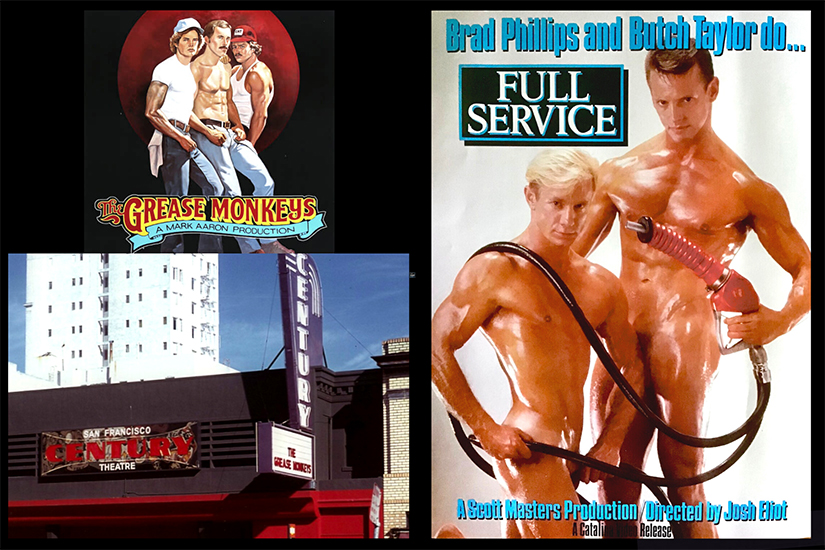
Grease Monkeys, the Century Theatre and Full Service
My movie was taking place in a small town, so during a weekend trip to Napa Valley with Brian, I took the camera along. It was like a miracle when we drove past this older looking gas station just outside of Santa Rosa. There were cows grazing in the field behind it and the main building looked like a log cabin. What a score! The wide shot of this gas station showed everything I needed it to: small town, rural, and the “brand name” matching the tags my producer was sewing on the costumes. I was so excited by this place that I failed to see what else was written on the building; so did Chet Thomas when he edited the movie, as well as Scott Masters when he viewed it to approve the cut before release. It was one of those things that was in front of your face, yet invisible. Months later when I was shown a photo of that same gas station on the front page of The Press Democrat newspaper, I saw for myself my grave error.
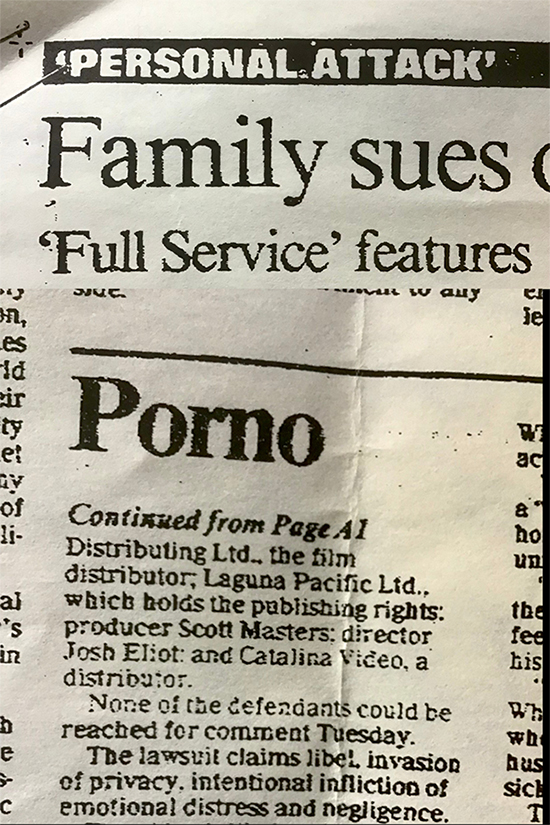
Newspaper article on Full Service lawsuit
The owner's name was written on the wall of the gas station in big giant letters. It turns out the owner’s nephew lived in San Francisco, rented Full Service from a video store and, upon viewing it, saw his uncle’s gas station. The newspaper photographed the owner with his wife and children in front of the station, looking very sad. Long story short, Scott Masters and I had to give depositions, go through arbitration with the family and finally settle for a $30,000 settlement. Oy vey, my first BIG BUDGET movie! I don’t mean to make light of it, because it really was quite serious. Chris Mann had to reach out to every buyer of the movie to buy their copies back. The “unnamed gas station company” simply asked for their logo to be removed with no request for compensation. It was all very hideous and I came very close to having no career with Catalina Video at all. John Travis and Scott Masters went to the mat for me with Higgins but Chris Mann, the GM, was truly my guardian angel. Chris had Higgins' utmost respect, and when he laid out the reasons he wanted me to stay on with the company it didn’t fall on deaf ears.
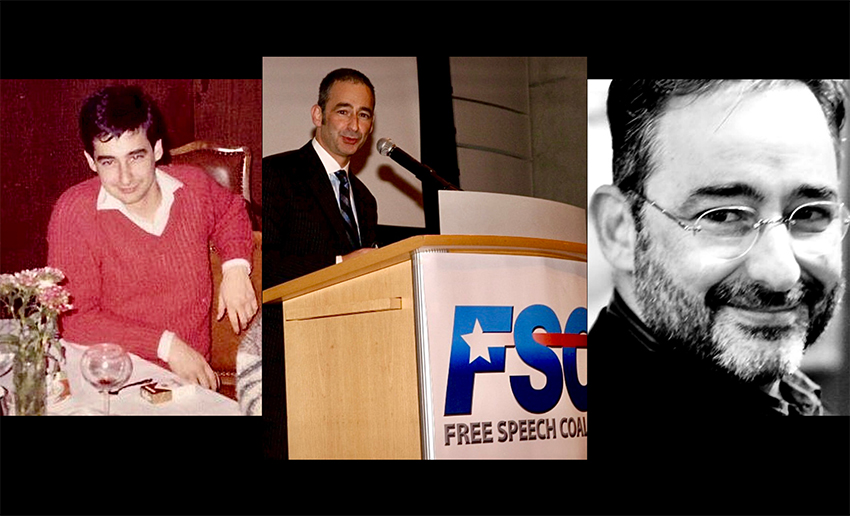
Chris Mann throughout the years
Within a couple of years, Chris Mann went on to own Video Team, a “Boutique Adult Video” operation that brought Black porn genres to the mainstream. He also served on the board of the Free Speech Coalition and, after selling Video Team, became general manager of John Stagliano’s Evil Angel. Thank you, Chris, for saving my career! Things were never the same when Chris left Catalina and, due to new management conflicts, Travis and Masters shortly followed. Needless to say, copyright violations were something I always tried to avoid, moving forward from my experience with Full Service. Talk about being haunted by it. Do you know how traumatizing it is for a director to see these little pixels covering patches throughout his entire movie every time some hot stud shows up wearing a gas station uniform?
Bio of Josh Eliot:
At the age of 25 in 1987, Josh Eliot was hired by Catalina Video by John Travis (Brentwood Video) and Scott Masters (Nova Video). Travis trained Eliot on his style of videography and mentored him on the art of directing. Josh directed his first movie, Runaways, in 1987. By 2009 when Josh parted ways with Catalina Video, he'd produced and directed hundreds of features and won numerous awards for Best Screenplay, Videography, Editing, and Directing. He was entered into the GayVN Hall of fame in 2002.
You can read Josh Eliot's previous blogs for Bijou here:
Coming out of my WET SHORTS
FRANK ROSS, The Boss
Our CALIGULA Moment
That BUTTHOLE Just Winked at Me!
DREAMLAND: The Other Place
A Salty Fuck in Saugatuck
Somebody, Call a FLUFFER!
The Late Great JOHN TRAVIS, My POWERTOOL Mentor
(Un)Easy Riders
7 Years with Colt Model MARK RUTTER
Super NOVA
Whatever Happened to NEELY O’HARA?
Is That AL PARKER In Your Photo?



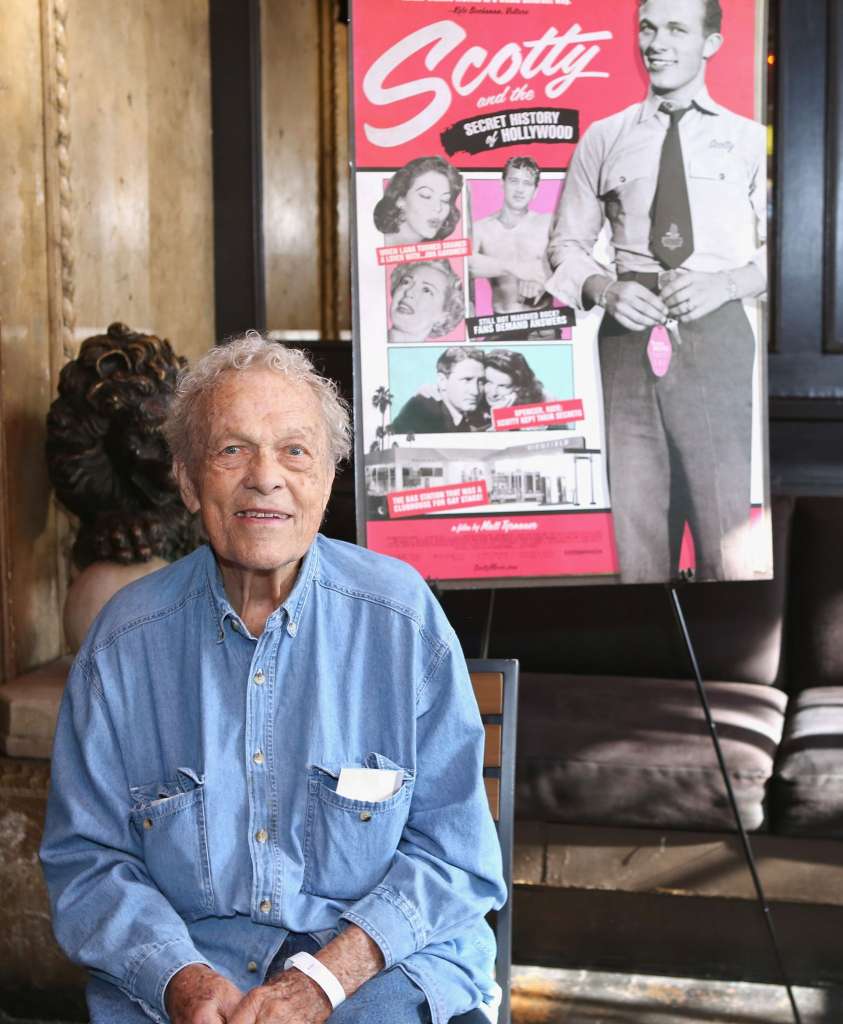
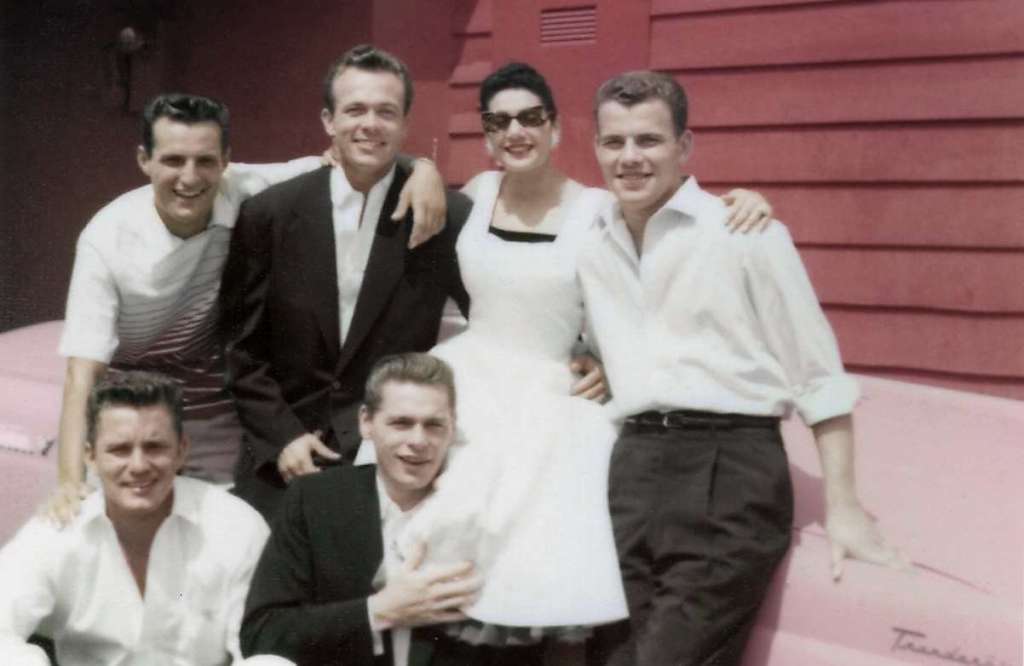

 Join our Email List
Join our Email List Like Us on Facebook
Like Us on Facebook Instagram
Instagram Youtube
Youtube Follow Us on Twitter
Follow Us on Twitter Follow us on Pinterest
Follow us on Pinterest